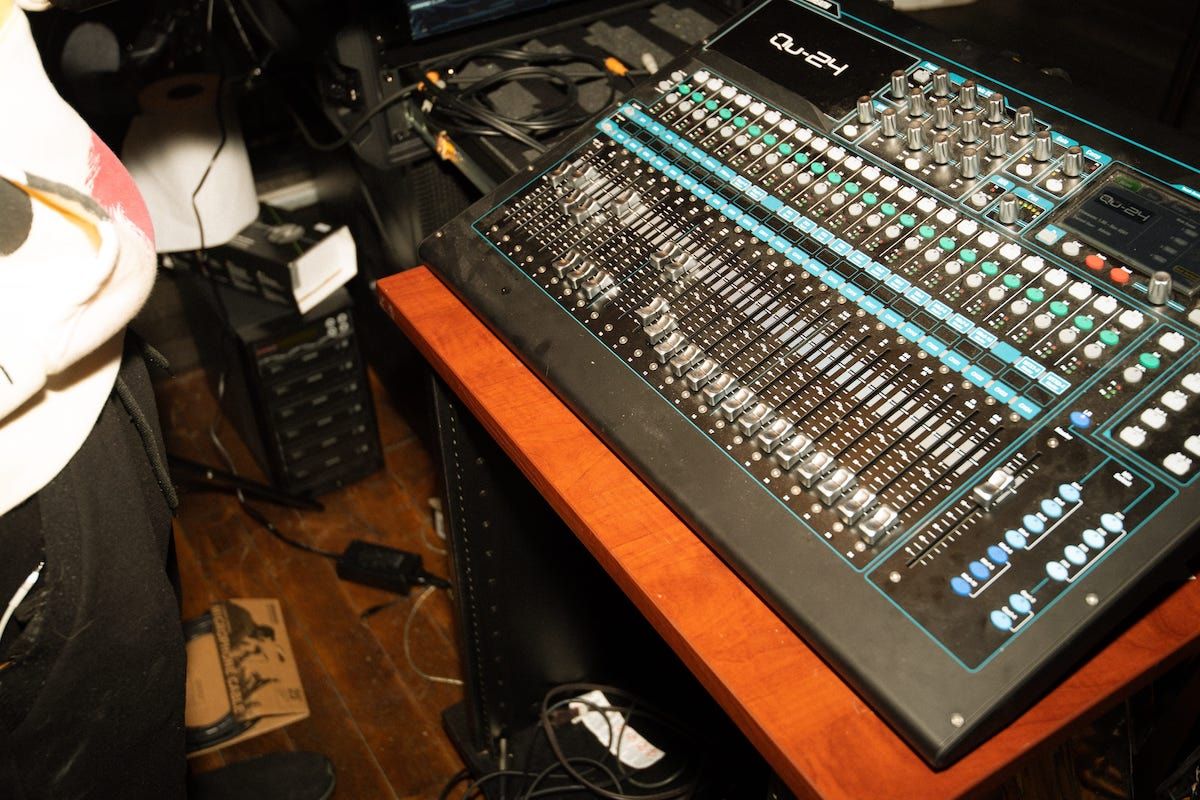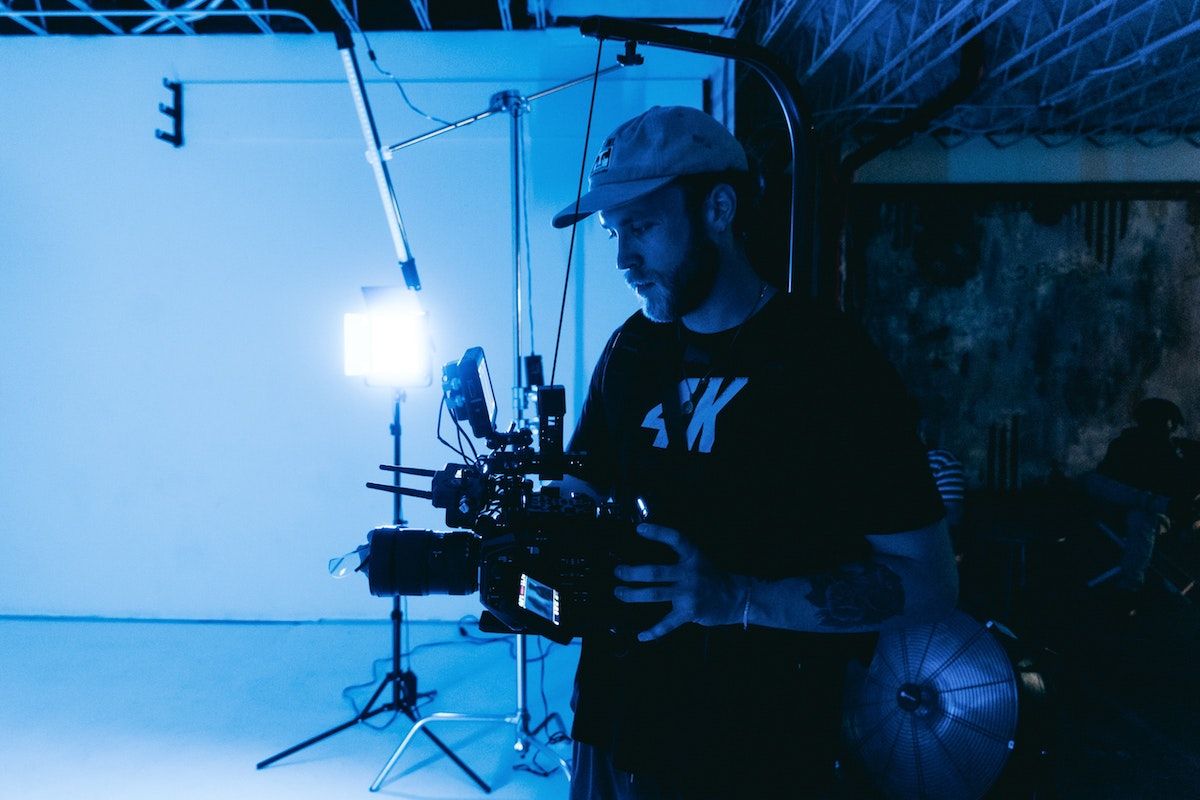What Is MIDI? The What, Why & 3 Common Setups Explained
Hire film gear from local filmmakers.

Hire film gear from local filmmakers.
Making music in the digital age has never been simpler – with MIDI, you can access many different tools and techniques at your fingertips.
Can’t play an instrument or are unable to hire a musician?
MIDI is here to make your life ten times easier.
What is MIDI?
MIDI is a communication standard that allows different digital music gear to speak the same language.
It stands for Musical Instrument Digital Interface.
It will enable your various instruments, devices, and other hardware to communicate with each other!

MIDI devices
1. MIDI messages
There are two different types of messages: system messages and channel messages. These are the digital data transmissions that tell your digital gear what exactly to do. They carry information about what notes to play, how the system should behave, which parameters to change, and more.
Channel messages are the ones you’ll probably encounter the most, but these are systems if you’re dealing with things like clock and transport functions.
Channel messages: Can transmit up to 2 kinds of data at once. It plays a part in how MIDI can capture the expressiveness of a performance.
System messages: The most common of these are a timing clock, transport (telling the system to stop, start, or continue) and system exclusive (sysex: messages specific to your system)
2. MIDI events
This is a MIDI message which occurs at a specific time. You’ll most likely be using these if you’re making compositions that rely on MIDI sequencers.
3. MIDI sequencers
These are some of the most common ways to use MIDI. They store MIDI information and manage playback, recording, and editing.
The sequencer will send data to all the different parts in your setup to ensure they are in sync with one another. They can also control external hardware and virtual instruments in your DAW.
4. MIDI channels
One stream of MIDI data has 16 independent channels for messages and events. Each device in your setup can be set to send or receive data on a particular channel. You can select the output channel on tracks in your sequencer to determine what device should play what. These channels are most important when you’re dealing with external hardware. With this, you can chain all your devices together with a single cable!
5. MIDI interfaces & controllers
MIDI interfaces let you send information in and out of your device over USB. This is great when you’re working with external gear like hardware synths.
MIDI controllers are a type of interface with an input device built in. Typical input methods are piano keys and pressure-sensitive pads, but most of these will include ways to control other parameters.
6. MIDI cables
Using MIDI requires special cables to connect with your digital music setup. They are called 5-pin DIN cables, and they can connect inputs and outputs on your MIDI gear.
Some MIDI interfaces will often connect to your computer with USB.

3 Reasons to use MIDI in music
1. Compact size
- An entire song or composition can be stored in just a few hundred MIDI messages.
- MIDI is great to lay down if you happen to be in a recording location that is too noisy- or you forgot your microphone.
- Because MIDI files are pretty small, it’s way easier for your computer to store them.
2. Easy to manipulate notes
- You can change loads of different parameters such as pitch, duration, and more without re-record.
- You can send the same MIDI information to many different instruments to change the sound of your composition with ease.
3. Affordable editing
- MIDI opens up a whole world of musical opportunities on a budget.
- Takes virtual instruments and strings them together without buying all the fancy equipment.

3 reasons to avoid using MIDI in music
1. Sounds aren’t realistic
- Virtual sounds and compositions don’t have the same sound as the real thing.
2. Is not eligible to transmit vocal data
- MIDI is only a string of numbers. As such, it cannot transmit vocal data. If it could, it would probably sound rather weird…
3. Only accurate if the playback device is the same as the one used for production
- Your playback relies on the file receiver having the relevant instrument or plugins loaded into their DAW for your song or composition to sound how you are hearing it.
MIDI connections
Information only flows in one direction through MIDI, which is why you’ll often find three different ports on your MIDI devices.
MIDI IN
A MIDI IN port allows a device to take in MIDI data.
MIDI OUT
A MIDI OUT port allows a device to send out MIDI data.
MIDI THRU
This is used when you are sending the same information to multiple devices. You can set each device to a different channel and control them all using a single stream of MIDI.

3 common MIDI setups
1. DAW & MIDI controller
This is a simple and portable way to use MIDI. It turns your MIDI controller into whatever you want it to be: synths, guitars, horns, anything.
It is an intuitive setup that works for pretty much any genre of music via MIDI.
2. MIDI interface, computer & synthesizer
In this setup, the DAW is the main hub for sending and sequencing all the information. Because your MIDI interface can handle conversion duties, the MIDI tracks in your DAW sequencer can control hardware synthesizers. From there, you can use all your digital tools and techniques to input and edit your composition and play it back with a synthesizer or any MIDI device.
3. Hardware sequencer, drum machine, and synthesizer
This is where you use a hardware sequencer instead of a DAW to control MIDI editing features. This was how most producers used MIDI before computers were cheap enough to be used in everyday music.
Dive into more music: Learn DAW
Now that you’ve learned all there is to know about MIDI; it’s time to deep dive into DAWs. Head over to our page on DAWs for our tips and recommendations.
Interested in the videography side of things? Have a look at our pages on music and video production or filmmaking to get started.
What is MIDI?
MIDI is a communication standard that allows digital music devices to speak the same language and transport messages between devices. It stands for Musical Instrument Digital Interface.
What is MIDI used for?
MIDI allows different electronic musical devices and DAWs to communicate with one another. It’s a way of controlling your electronic sound with ease.
Should I use MIDI or USB?
Both MIDI and USB are just as reliable as each other. However, USBs are much faster. MIDI is used mostly with long cables for recording sound in studio settings.
What is a MIDI example?
Some MIDI interfaces include Ableton, Logic Pro, Cubase, or Pro Tools. You can also get virtual software instruments.






















